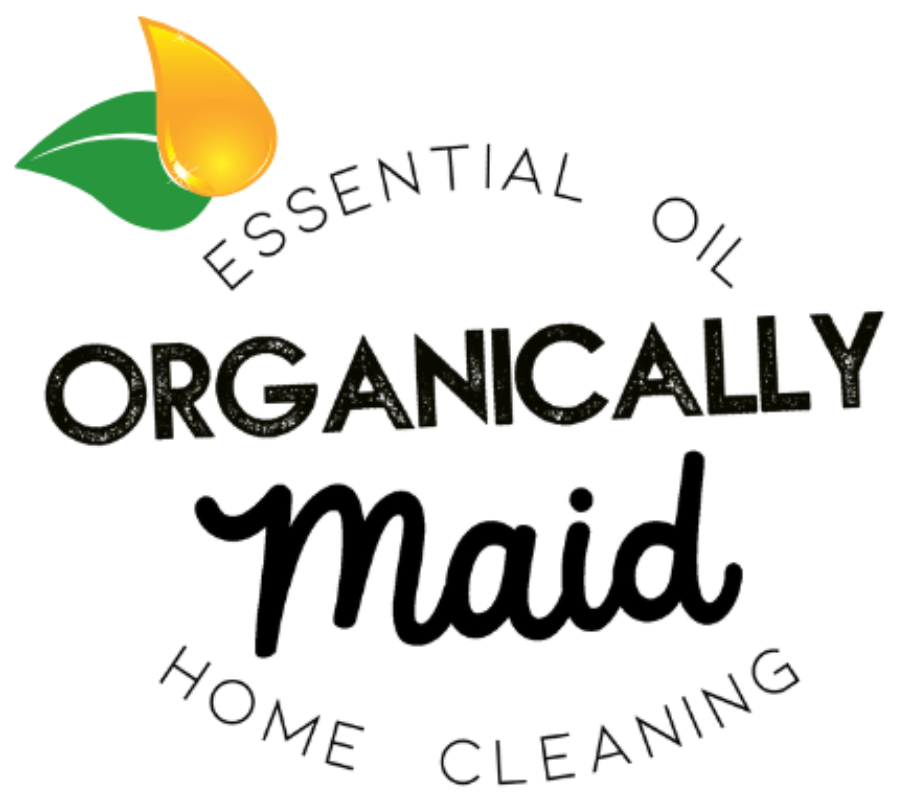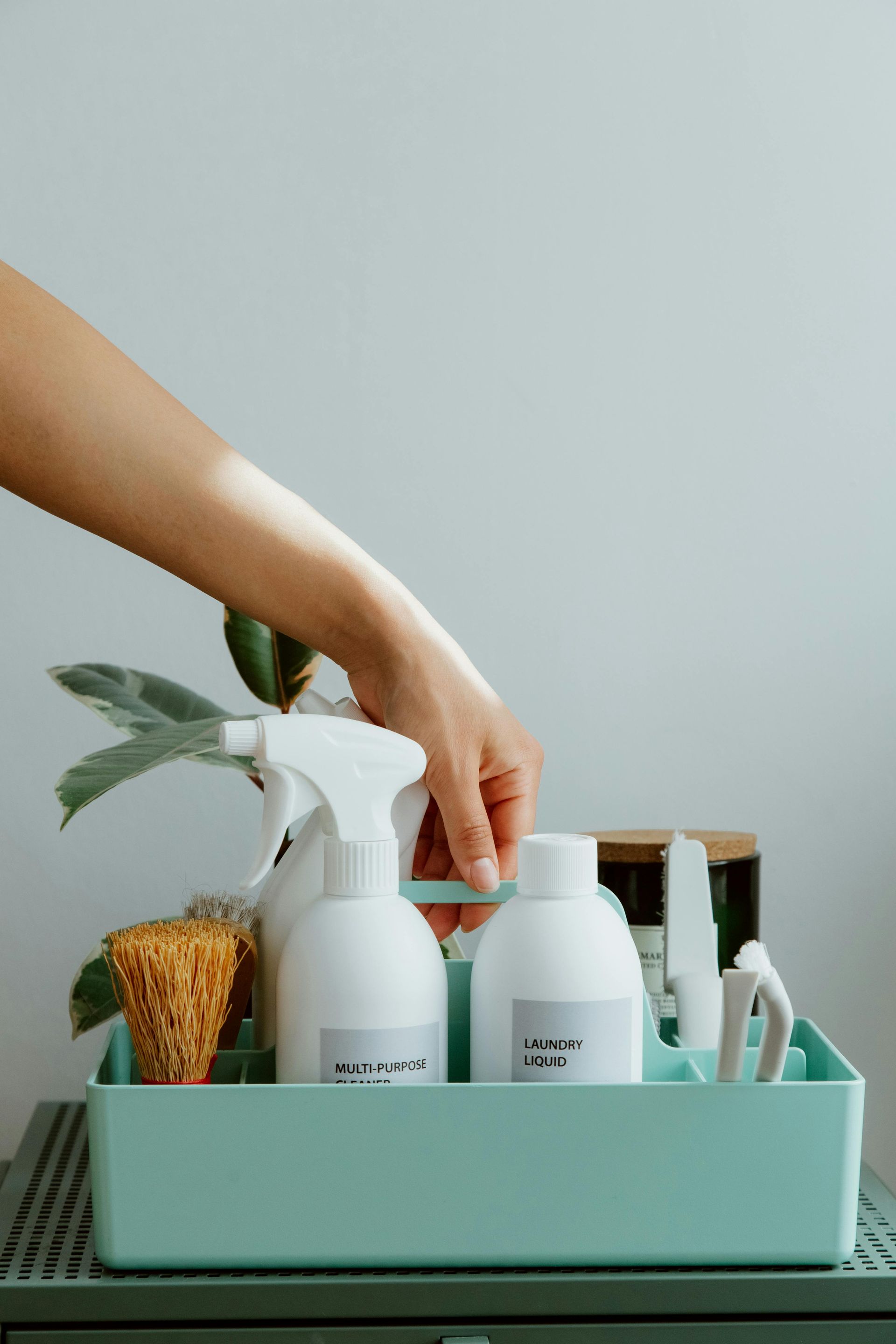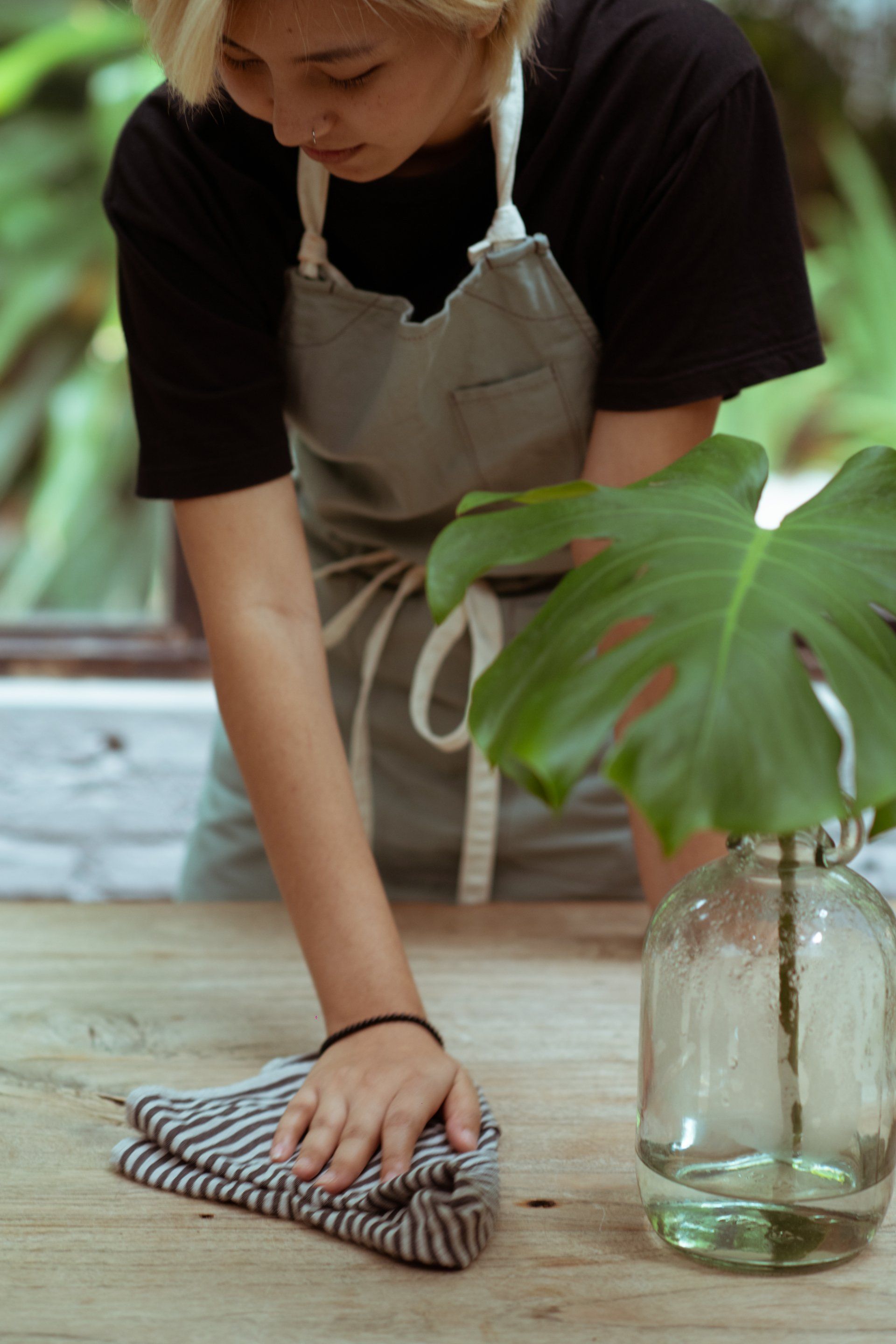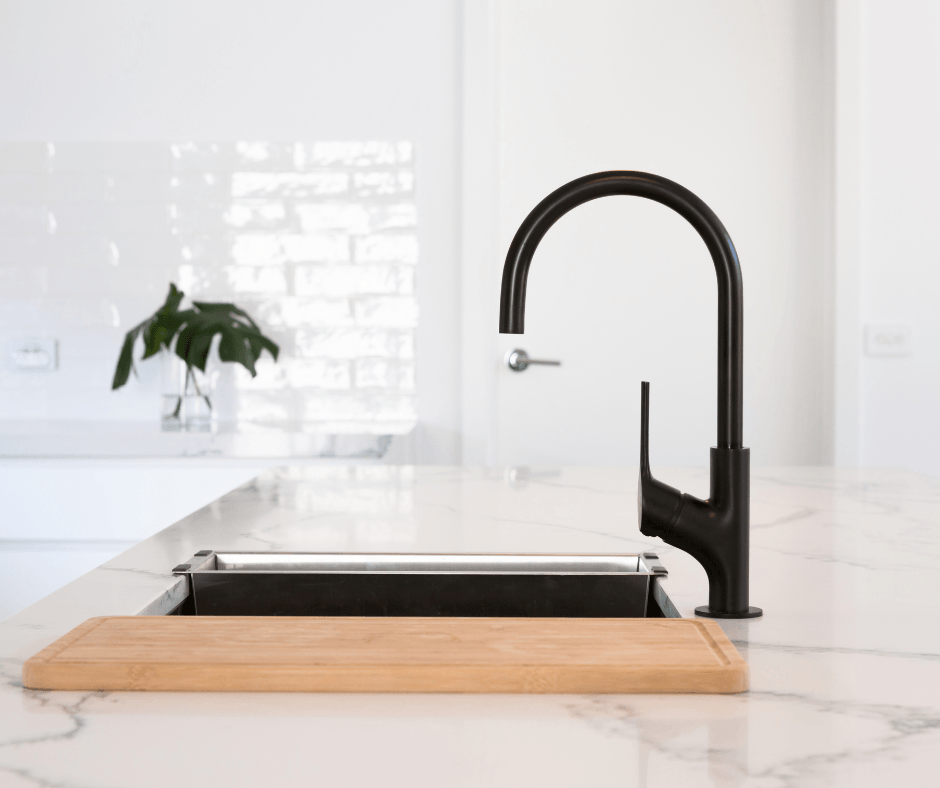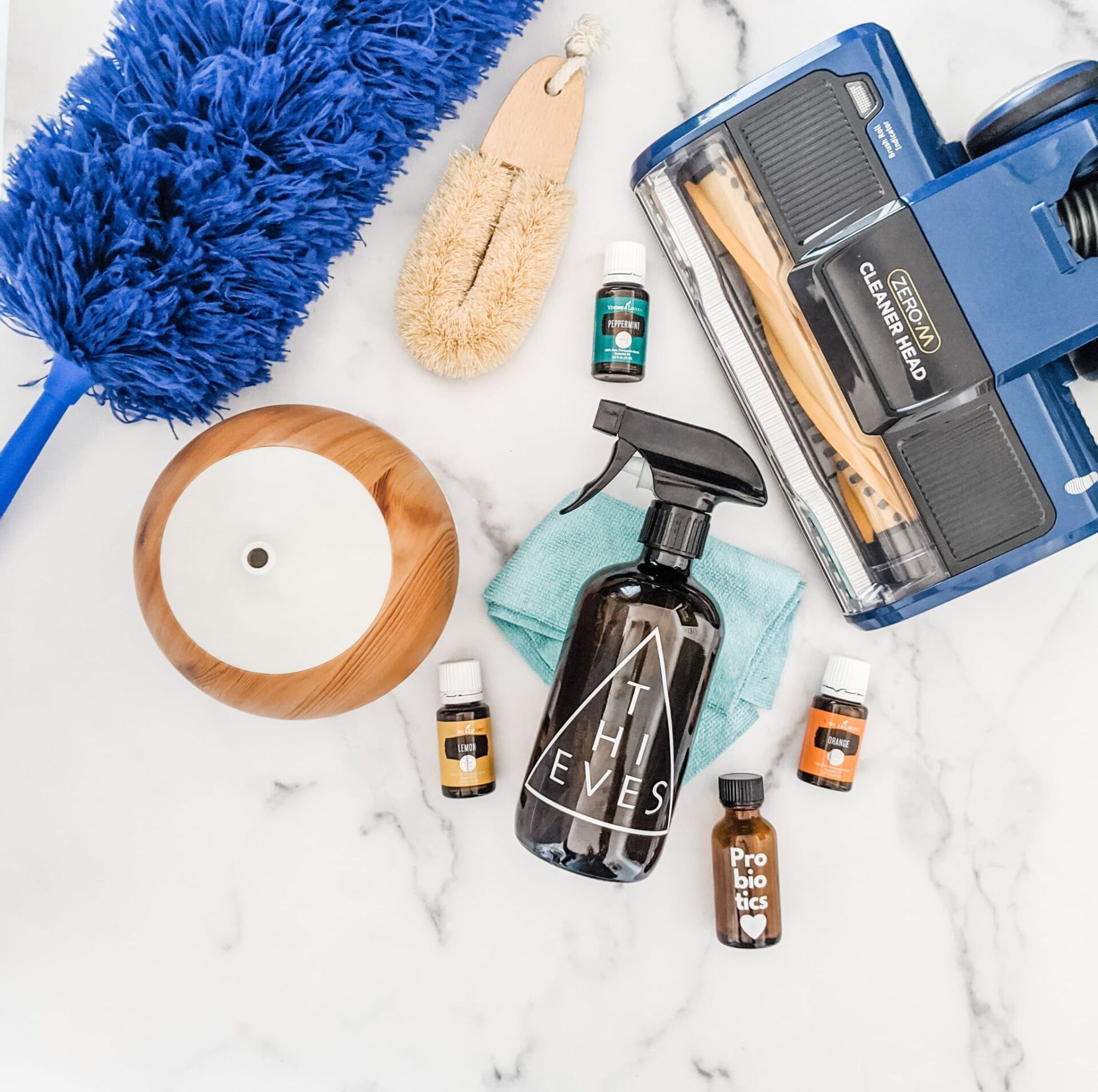Elevate Your Clean
A Guide to Naturally Cleaning Ceiling Fans with Organic Products

Ceiling fans are not only functional but also decorative elements that add character to our homes. However, they are often overlooked during regular cleaning routines. In this post, we'll guide you through the process of cleaning ceiling fans naturally using organic products. Discover how to achieve a dust-free and sparkling fan while maintaining a healthy indoor environment.
1. Gather Your Cleaning Arsenal:
Before you begin, gather your natural cleaning supplies. Opt for organic and non-toxic products such as vinegar, baking soda, and essential oils. These alternatives are not only effective but also safe for your home and the environment.
Organic cleaning products ensure that your cleaning process aligns with a commitment to a healthier home. They eliminate the need for harsh chemicals, providing a safer and more sustainable approach to cleaning.
2. Dusting the Blades:
Ceiling fan blades are notorious dust magnets. To clean them naturally, start by dusting off loose particles with a microfiber cloth or a duster. Work systematically, cleaning from the outer edge toward the center, to avoid spreading dust.
Microfiber cloths are an excellent eco-friendly option for dusting. They capture and trap dust particles effectively, reducing the need for disposable cleaning materials.
3. Homemade Cleaning Solution:
Create a natural cleaning solution by mixing equal parts water and white vinegar in a spray bottle. For a refreshing scent, add a few drops of your favorite essential oil, such as lavender or eucalyptus. Spray this solution onto a microfiber cloth.
White vinegar is a versatile and natural cleaning agent. Its acidic properties help break down grime and dust, leaving your ceiling fan blades clean and shining.
4. Wipe Down the Blades:
Using the dampened microfiber cloth, wipe down each fan blade. For stubborn grime, sprinkle a small amount of baking soda on the cloth. Baking soda's gentle abrasiveness will aid in removing built-up dirt.
Baking soda is a natural deodorizer and gentle abrasive that enhances the cleaning power of your organic solution. It also helps neutralize odors, leaving your ceiling fan fresh.
5. Clean the Motor Housing:
While focusing on the blades is crucial, don't forget the motor housing. Use a dry cloth or a vacuum cleaner with a nozzle attachment to gently remove dust and cobwebs from this area.
Regular maintenance of the motor housing contributes to the overall efficiency and longevity of your ceiling fan. Organic cleaning practices ensure that no harmful residues affect the functioning of the fan.
6. Maintain Regular Cleaning:
To keep your ceiling fan looking its best, incorporate regular cleaning into your routine. Dusting the blades weekly and giving them a thorough cleaning monthly will prevent the accumulation of dirt and make the cleaning process more manageable.
Consistent cleaning reduces the need for heavy-duty cleaning agents. By maintaining a regular cleaning schedule, you ensure that your organic cleaning products remain effective in keeping your ceiling fan in top condition.
Cleaning ceiling fans is a simple yet effective way to enhance the cleanliness of your home and improve indoor air quality. By opting for organic cleaning products, you not only achieve a sparkling fan but also contribute to a healthier living environment. Elevate your clean naturally, and let the beauty of your ceiling fan shine as it efficiently circulates fresh air throughout your home.
In the Dallas-Fort Worth area? Organically Maid cleaning services can help keep your home or office sparkling naturally with organic and non-toxic cleaners and can save you time and energy! Contact us today for a free estimate.
Blog






